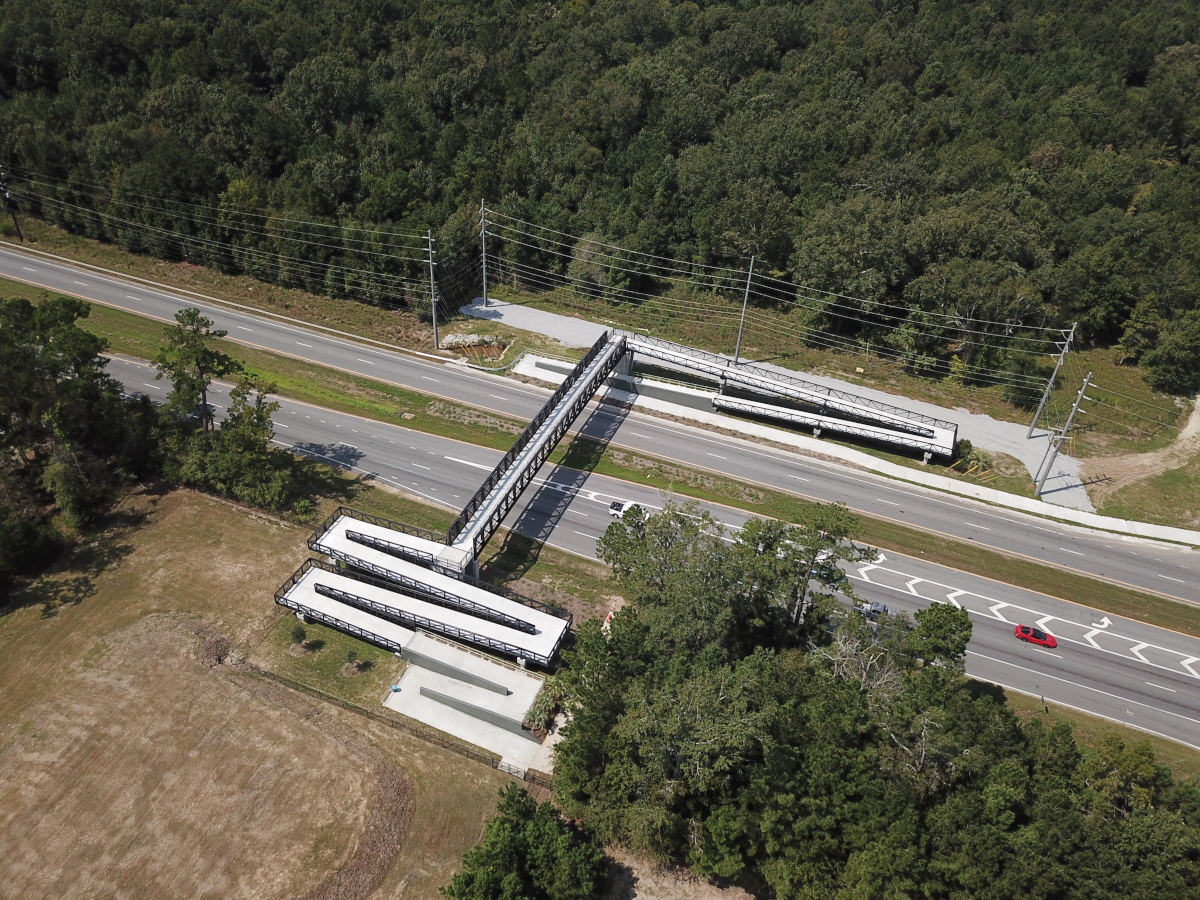Over the past decade, the number of pedestrian deaths in the U.S. has increased by 50 percent, even as other roadway deaths have decreased. When Angie Schmitt would tell people she was writing a book about the reason why, they’d always claim to know the answer.
“Cell phones,” says Schmitt. “It’s always cell phones.”
That’s why the entire first section of Schmitt’s new book,
Right of Way: Race, Class, and the Silent Epidemic of Pedestrian Deaths in America, walks through the potential causes for the dramatic increase one by one. She rigorously myth-busts the “distracted pedestrian” trope: More people walking or using mobility devices are killed at night and while crossing mid-block, where they are unlikely to be obliviously scrolling through Instagram. (Phones — in the hands of drivers — probably do play a role, she says, but do not alone explain it, since smartphone adoption has increased in other countries over the past ten years without a marked increase in deaths.)
Instead, it’s a convergence of trends: Cars are getting bigger, drivers are going faster, roads are getting wider, and more people are moving to transit-lacking suburbs and Sun Belt cities. But as Schmitt, a former editor at Streetsblog, clearly argues, while the flaws of vehicle design, bad roadways, and lack of investment would seemingly fail Americans at equal rates, the pedestrians who die are disproportionately Black, brown, low income, or over 65. “It’s a lot about power,” she says, “and whose needs are being prioritized — the guy who is driving to work or to Walmart to spend money, not the lower-income folks who are waiting for the bus. When their interests come in conflict with the people in power, they won’t be prioritized.”
In 2013, Amy Cohen’s 12-year-old son, Sammy, was killed by a driver in Park Slope, Brooklyn, when his soccer ball rolled into the street. Within a year, New York City had dropped speed limits to 25 mph citywide, and Mayor Bill de Blasio committed to a
Vision Zero program meant to eliminate traffic deaths. Cohen went on to co-found a nonprofit,
Families for Safe Streets, which now has local chapters across the country telling the stories of victims and pushing for infrastructural and policy changes.
That’s inarguably a good result from a tragic event. But Schmitt compares the story of Cohen, who is white, to that of Raquel Nelson, a Black woman. In 2010, Nelson’s 4-year-old son was killed by a driver as they crossed a wide road in an Atlanta suburb where the nearest light was one-third of a mile away. Even though the driver, who had two prior hit-and-run convictions, admitted to drinking earlier in the day, it was Nelson who was
charged with vehicular homicide. She did not even own a car. “Amy was in the right place: She was a person of means, a person who had privilege, and she could put together a semblance of justice for herself,” says Schmitt. “Raquel Nelson faced jail time.”
Nelson was eventually cleared but still ordered to pay a $200 jaywalking fine. Even the death of Elaine Herzberg, the woman who was struck and killed in March 2018 by an Uber SUV that was operating semi-autonomously, should have been one of the
highest-profile pedestrian deaths in history. Her
story was marginalized instead because she was homeless.
There are solutions that might prevent such crashes: better designed crosswalks, median islands where pedestrians can safely pause, and so-called road diets that narrow lanes of traffic. All of these, as Schmitt repeatedly notes, tend to become subjects of heated, yearslong battles between elected officials and local residents who don’t want to lose space for their cars. But infrastructure is only part of the solution. The bigger challenge, Schmitt argues, is addressing the systemic racism built into cities: “a legacy of segregation, housing segregation, and implicit bias” that infiltrates every aspect of transportation planning, from engineering to law enforcement. Just this week, yet another Black man, Dijon Kizzee, was
shot and killed in South Los Angeles by sheriff’s deputies, who claimed they stopped Kizzee because he was “riding a bicycle in violation of vehicle codes.” Two days after the shooting, the sheriff’s department still had not said what he was doing on his bike that was supposedly illegal.











